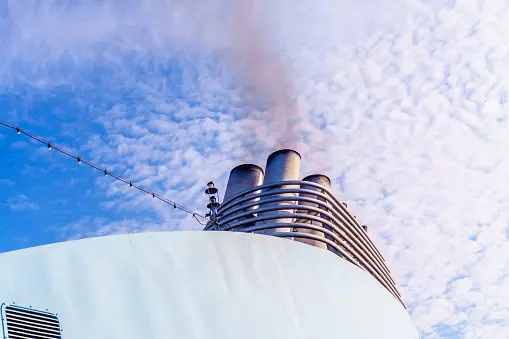
When it comes to maintaining a gas furnace in your home, safety and efficiency are paramount. One often overlooked but critical component in this equation is the chimney liner. You might be wondering, “Do I need a chimney liner for a gas furnace?” This article aims to provide a comprehensive answer to that question, addressing the importance of chimney liners, the different types available, the installation process, and some frequently asked questions.
What is a Chimney Liner?
A chimney liner, also known as a flue liner, serves as a protective barrier inside your chimney. Its primary purpose is to safely channel the combustion gases produced by your gas furnace out of your home while preventing any damage to the chimney structure.

Why Do You Need a Chimney Liner for a Gas Furnace?
1. Ensures Safety
Safety should always be a top priority when dealing with gas furnaces. A properly installed chimney liner is essential to prevent harmful combustion gases, such as carbon monoxide, from leaking into your home. This ensures the health and safety of your family.
2. Improves Efficiency
Gas furnaces rely on proper ventilation to operate efficiently. A chimney liner helps maintain a consistent draft, preventing cool air from entering the chimney. This, in turn, improves the overall efficiency of your gas furnace, reducing energy consumption and heating costs.
3. Extends Chimney Lifespan
The corrosive byproducts of combustion can take a toll on your chimney structure over time. A chimney liner acts as a shield, protecting the chimney and significantly extending its lifespan. This can save you from expensive repairs or chimney replacements.
Types of Chimney Liners
There are several types of chimney liners to consider:
- Clay Tile Liners: These are traditional and cost-effective, but they may not be suitable for all gas furnace setups due to their susceptibility to cracks.
- Metal Liners: Stainless steel and aluminum liners are popular choices due to their durability and resistance to corrosion.
- Cast-In-Place Liners: These liners are custom-fitted to your chimney, offering excellent insulation and protection.
Installation
Proper installation of a chimney liner is crucial. It’s typically best left to professionals who can assess your specific needs and ensure a safe, efficient installation. DIY installation is not recommended due to the potential safety and code compliance issues.
Frequently Asked Questions
Q1: Can I use my existing chimney without a liner for a gas furnace?
A: It’s not recommended. Operating a gas furnace without a chimney liner can lead to chimney deterioration and pose safety risks.
Q2: How often should I inspect my chimney liner?
A: Annual inspections are advisable to ensure the liner’s integrity and safety.
Q3: Can I install a chimney liner myself?
A: It’s highly recommended to hire a professional for installation due to safety and code compliance concerns.
Q4: What’s the expected lifespan of a chimney liner?
A: The lifespan varies depending on the type of liner and usage but can range from 15 to 50 years.
Q5: Are there building codes and regulations for chimney liners?
A: Yes, local building codes and regulations may dictate the type of liner required for your area. It’s essential to adhere to these codes for safety and compliance.
In conclusion, a chimney liner is a crucial component for the safe and efficient operation of your gas furnace. It plays a vital role in maintaining safety, improving efficiency, and extending the lifespan of your chimney. When in doubt, consult with a professional to ensure your chimney liner is installed correctly and in compliance with local regulations.
